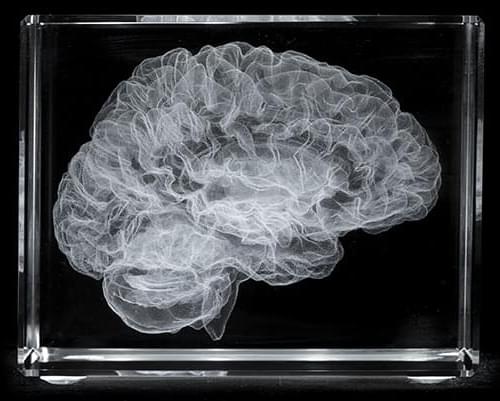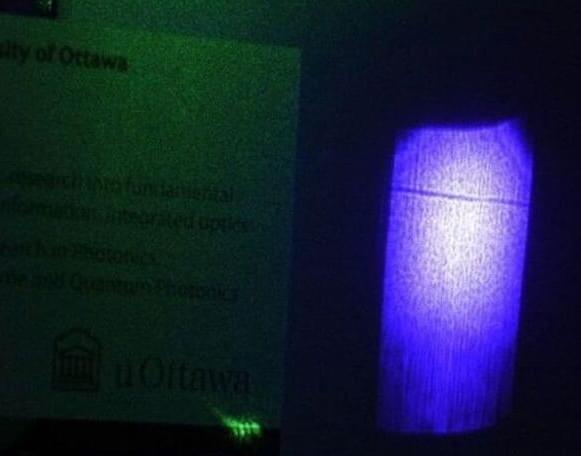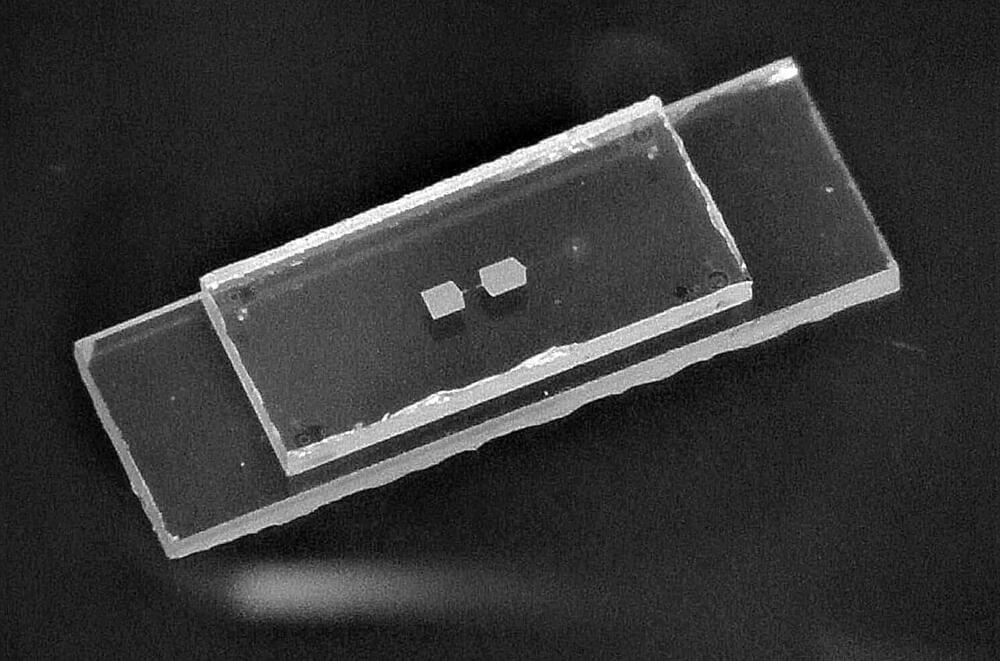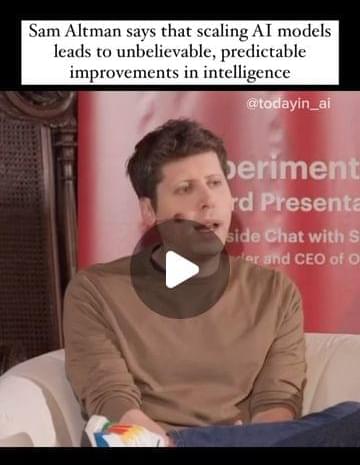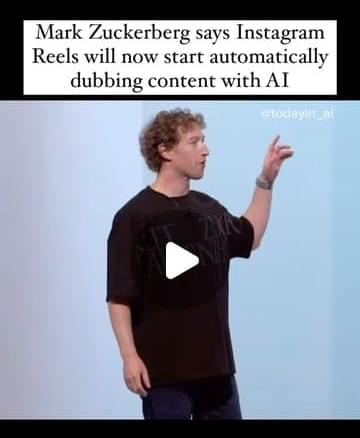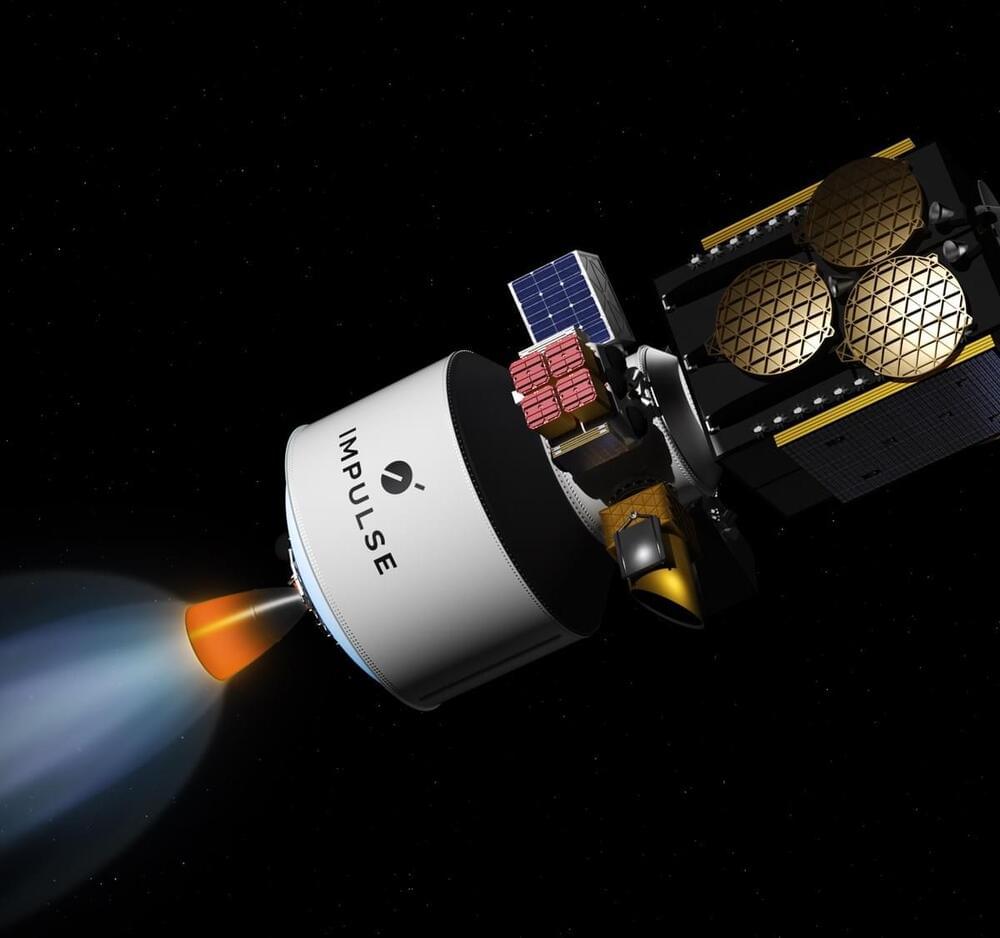From education to work and leisure, internet access is essential to modern life. Yet, since the first days of the world wide web, this access has been unequal. The US, France and the UK gained a headstart in the 1990s and developing countries have been seeking to catch up ever since.
One region where this process is now complete is the Arabian Peninsula. From relative obscurity in connectivity rankings three decades ago, countries such as the United Arab Emirates (UAE) and Qatar have leapfrogged their Western peers. Look at measures of internet speeds, in fact, and the UAE now leads the world.1 Having delivered internet access at home, e& (etisalat and), the telecommunications giant and leading global technology group headquartered in the UAE, hopes to expand connectivity worldwide.

